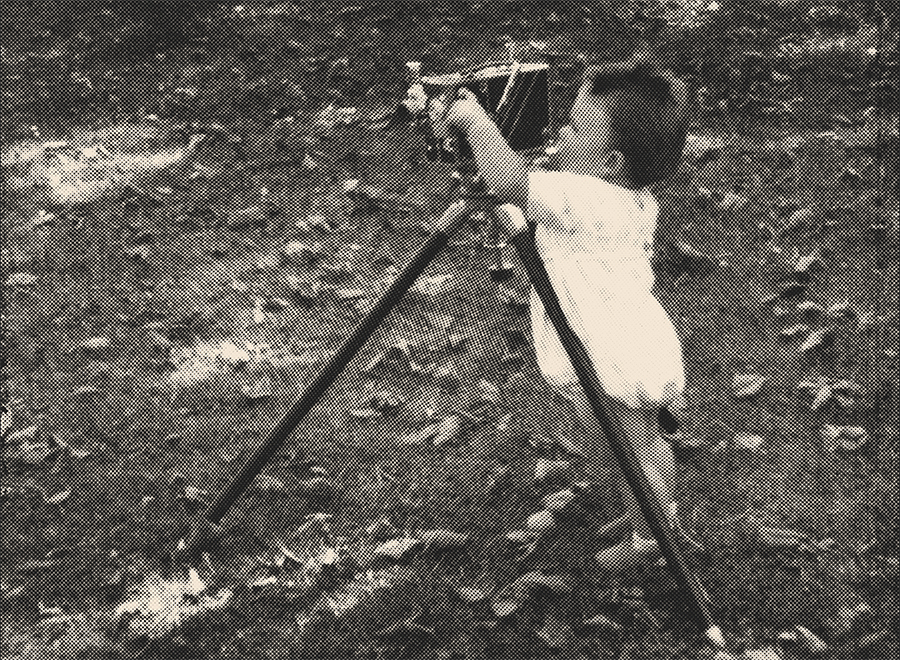The project
The SAFE project – The SustainAbility of Italian Film hEritage: Archival Infrastructures, Digital Preservation, Stewardship Strategies investigates the sustainability of Italian non-fiction and non-theatrical film heritage.
The project is conducted in collaboration with several archives, a community that is daily engaged in addressing highly complex and diverse issues: on one hand, aligned with international standards or part of recognized federations, on the other hand, often at the margins of institutional, legislative, and governmental frameworks. This network of archives leads to a diversified approach to preservation and access protocols, as well as the manifestation of different cultural and heritage sensitivities.
At its core, SAFE aims at outlining responsible management of the considered film heritage and imagining sustainable narratives and strategies. It follows a collaborative, equitable, and inclusive approach, directed toward a broader concept of film heritage and film history, as well as the exchange and sharing of archival, historical, and scientific knowledge within an ethical, transnational, and transcultural framework.

State of the Art
Media sustainability is a key concern for academic studies. The sector has benefited from various materialist and critical theoretical frameworks, and the screen industry is adopting specific regulations, policies, and practices to ensure proper environmental management in the media sector (Kääpä, Vaughan 2022). In contrast, inadequate attention has been given to the film heritage field.
Since the early 1990s has arisen an advanced conservation science (Nishimura 1993; Gamma Group 2000; Nissen et al. 2002) and the last decade has seen a growth in the building of new state-of-the-art film storage vaults and preservation centres across Europe (Venturini 2022). The growing amounts of digital objects and the market-driven obsolescence of carrier-based formats has obliged more and more attention to be paid to digitization, digital preservation standard, and digital access of both analog- and digital-born film materials (Edmondson 2016; Prentice, Gaustad 2017).
Furthermore, the literature has recently pointed out the stewardship of film collection in terms of sustainability of contents’ exhibition and circulation practices (Cherchi Usai 2020). Especially considering the new cinema history and new cultural sensitivities, the international archival community is focusing more on less-explored areas of archives (FIAF 2022). The emergence of new documentary phenomena has also outlined, in Italy, the flourishing of significant niches (industrial, amateur, family, military, scientific, local cinema, etc.) and led to new archival demands that are redefining the landscape of Italian film archives.
Corpus
The emergence of more areas of interest (amateur, local, industrial, scientific cinema, etc.) has led to the creation of new archival entities and collections that are redefining the maps of Italian archives, while historical non-fiction archives are regaining a central role. With the aim of investigating sustainability in relation to the latest innovative developments in archival studies and film historiography, the corpus of SAFE is primarily made up of non-fiction, non-feature, and non-theatrical Film Heritage Institutions, rather than focusing on the already established fiction and mainstream film heritage.
The main set of the SAFE project, based on available resources, is thus oriented by five main archives: LUCE Historical Archive (Rome), Friuli Venezia Giulia Cinema Archive (Gemona del Friuli), Home Movies – National Family Film Archive (Bologna), Sardinia Film Archive (Cagliari), Cineteca dello Stretto (Syracuse), along with many other emerging and developing entities in the sector.
Objectives
Focusing on a specific and consistent corpus of film archives, SAFE has three main objectives:
- Monitor and analyze the infrastructural sustainability of conservation centers.
- Survey the status of digital preservation practices and protocols for cinema.
- Collect and share stewardship strategies.
Methodologies
The methodological approach of SAFE consists of three interdisciplinary frameworks that address the main research questions and objectives (archival infrastructure; digital preservation; stewardship strategies):
- Critical infrastructural studies and archival and museum studies.
- Digital cinema studies and critical digital humanities.
- Media archaeology, cinema history, and media sustainability studies.
Research Actions and Outputs
SAFE adopts a collaborative and active research perspective, that considers archives as true partners rather than as ancillary infrastructures or mere objects to investigate. In this direction, the project invests in applied research actions, particularly in monitoring conservation infrastructures and ethnographic, quantitative and qualitative learning of non-discursive practices and protocols within the archives, with the goal of creating advanced knowledge, tools, and skills regarding critical sustainability aspects of heritage shared between the research, education, and film heritage conservation sectors.
Based on the considered corpus, the objectives and the methodologies, SAFE carries out the following research actions and outputs:
Environmental Monitoring
Specifically, the applied research involves environmental monitoring lasting 12 months on a national scale (with multiple archival monitoring points spread across Italy), which includes:
– Analysis of the hygrometric situation through data logger measurements.
– Analysis of the development speed of the acetate syndrome (with targeted acidity detection on sample materials).
– Training of internal staff at partner institutions to raise awareness about preservation practices and establish long-term good practices.
Survey
To map non-theatrical heritage in Italy and analyze new and possible sustainable preservation practices for film heritage, SAFE proposes a survey using a specific questionnaire to assess procedures and strategies implemented in Italian archives through the three predefined research axes (archival infrastructures, digital preservation, and stewardship). The survey was developed based on prior research, insights from metadesign workshops, and reviewed by more than 20 international experts, allowing for the collection of qualitative and quantitative data from the archives involved in the research.
Atlas
The results will be compiled into an Atlas, a data visualization and digital storytelling tool built on the information gathered during the survey. The Atlas will allow the analysis, the sharing and the creation of broad interdisciplinary, intersectoral, and public engagement around the sustainability of Italian film heritage.
Ethnographic Study and Monitoring of Digital Preservation and Stewardship Policies
To investigate digital preservation and stewardship, interviews will be conducted with project partners to develop keywords, conceptual frameworks, and operational guidelines for the investigation, especially based on the results of the survey and preliminary assessments at partner archives.
Publications
– Articles and edited volumes
– Guidelines
– Final volume
Conference
– Mid-term Conference
– Final Conference

